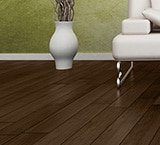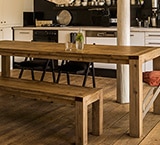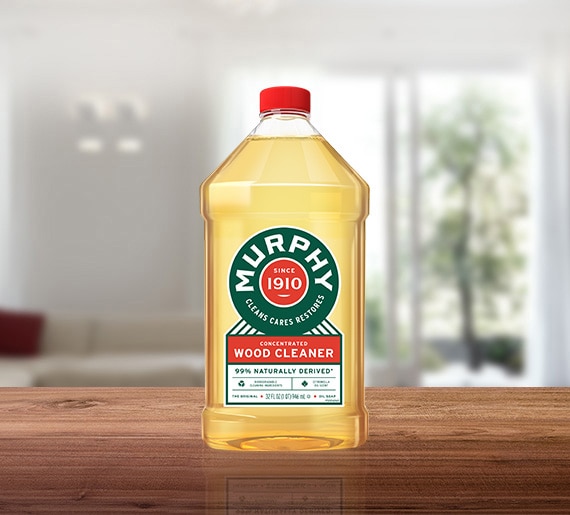HARDWOOD FLOORS & FLOORING
How to Clean Laminate Floors and Kill Germs
by Anita Alvarez

Standard rules for cleaning laminate don't apply when it comes to germs; passing a wet rag with dish detergent over the flooring will remove the grime, but a generic cleaner like this won't cut through the germs that produce it. Bacteria like mildew and mold are common in bathrooms and kitchens, but to get rid of them, you need to give them special treatment.
Here's how to clean laminate floors to give germs the boot and keep your household safe.
STANDARD CLEANING PRACTICES
Although standard cleaning steps won't get to the root of germs, that doesn't mean you should bypass them completely. Start off with a vacuum and use the brush bar or attachment tool to remove dirt you can also sweep the laminate floor or use a dry mop. Then, apply an oil soap to tackle dirt and grime, as this item can get into the tiny grooves laminate often has on its surface. You can also use a Soft Wipe to get into the dusty corners and crevices of a room, or attach it to a sweeper mop. Once the floors are clean, you can move on to removing the germs themselves.
GERMS VS. LAMINATE
Kitchen sponges and dishcloths harbor bacteria that can get onto other surfaces if you reuse them frequently. Sinks routinely harbor this bacteria from dirty dishes and food leftovers. Bathroom moisture is a breeding ground for mildew and mold, as well. These two rooms are inviting of laminate for its stain resistance, and typically contain more germs than anywhere else in the home. Therefore, it's important to use the right cleaners on your floors to keep germs at bay. Here are a few.
VINEGAR
Vinegar is a natural solution for getting to the bottom of germs. You can use a spray bottle with a mixture of water and vinegar, working your way slowly over the floors, one section at a time. Spray the area and then wipe with a moist rag. Or, fill a bucket with warm water and about half a cup of vinegar. Choose a mop you can wring out well and pass it over each section of the floor to remove germs that may have lingered for more than a few days.
LEMON
Lemon works well on germs, too. Because laminate is so stain-resistant, germs can be more difficult to isolate in one spot on the floor. For this reason, it's important to use an effective agent that targets germs. Lemon is naturally acidic, as well, and can effectively break down the toughest bacteria.
BAKING SODA
Baking soda is ideal for getting at grease and grime, but it also functions as a deodorizer. Mix a little into your bucket of clean, warm water, and use it to mop the floor a final time once you've cleaned it with oil soap, vinegar or lemon.
Even though you don't have to follow the same precautions for limiting moisture on laminate floors while cleaning, Better Homes And Gardens advises homeowners to avoid wet mopping. Too much water on the floor can eventually damage the laminate's baseboards.
With the right cleaner in hand, you can learn how to clean laminate floors in a way that gives germs the boot each time. Prepare to never again worry about what's festering unseen on your kitchen and bathroom floors.
This article was brought to you by Colgate-Palmolive Company, the makers of Murphy® Oil Soap. The views and opinions expressed by the author do not reflect the position of the Colgate-Palmolive Company.









